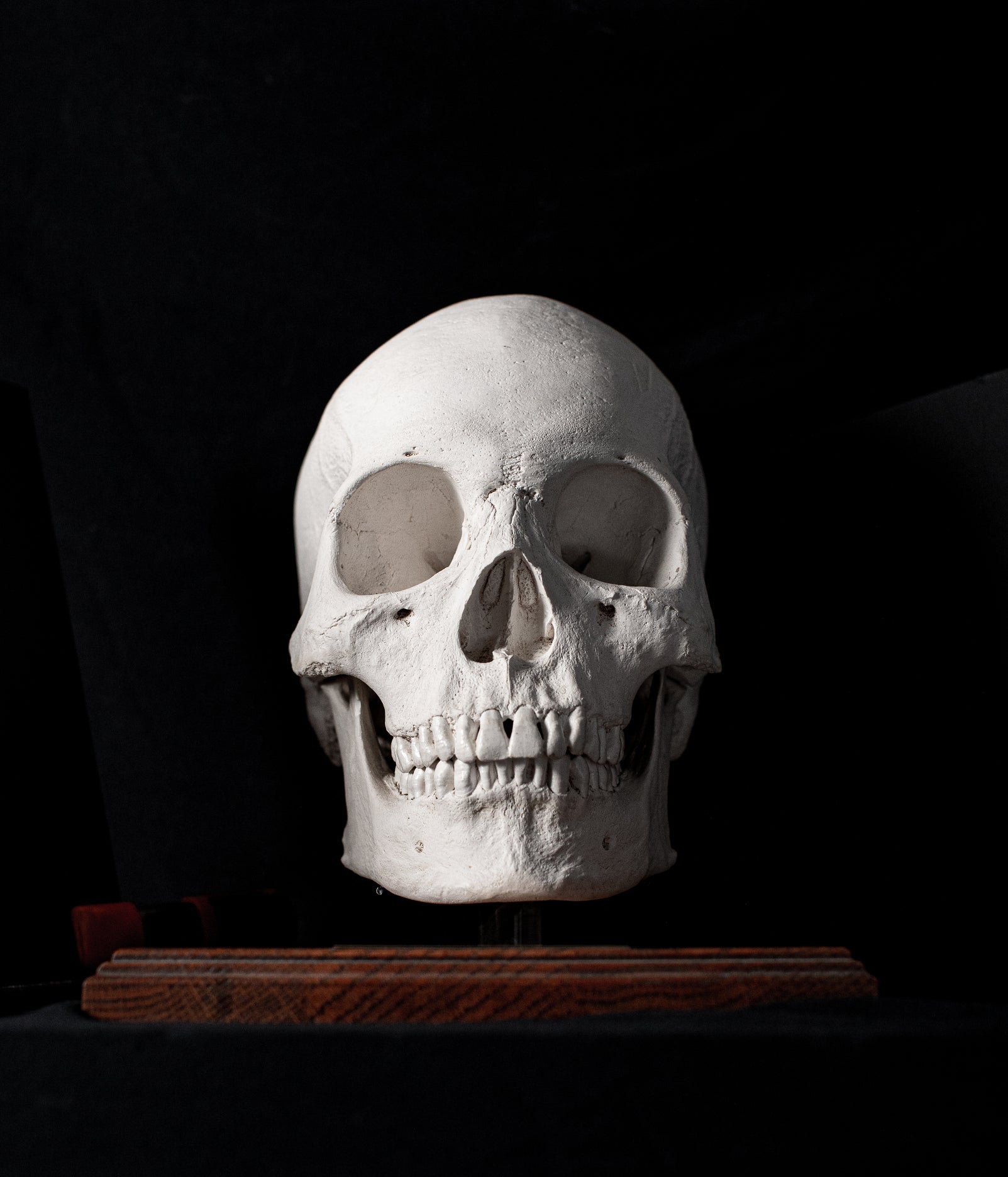The evolution of human anatomy is a captivating journey through time, with each skeletal relic unveiling clues about our ancient predecessors. One intriguing aspect that often piques the interest of researchers and dental professionals is the observation that the skulls of our ancestors did not exhibit crooked teeth. The contrast between their dental alignment and the prevalence of malocclusion in modern populations raises questions about the factors that contributed to the development of straight teeth in our forebears.
To delve into this mystery, we must first acknowledge that the prevalence of crooked teeth, or malocclusion, is a relatively recent phenomenon in human history. Anthropological studies examining ancient skulls and dental remains consistently reveal a pattern of well-aligned teeth among our ancestors. The archaeological record suggests that malocclusion was a rarity, with straight, properly aligned teeth being the norm.
Several factors likely contributed to the naturally straight teeth observed in the skulls of our ancestors. Diet, in particular, played a pivotal role in shaping dental development. The hunter-gatherer diets of our ancient predecessors were rich in fibrous, unprocessed foods that required extensive chewing. The mechanical stress placed on the teeth during the mastication of these coarse foods likely stimulated proper dental alignment and development.
In contrast, the shift to agriculturally-based diets and the advent of processed foods in more recent centuries coincided with an increase in malocclusion. The softer and refined nature of these diets reduced the need for robust chewing, resulting in less stimulation for the jaw and supporting structures. As a consequence, the modern prevalence of crooked teeth may be linked to changes in dietary habits and a lack of the natural forces that once guided dental alignment.
Additionally, the oral habits of our ancestors may have played a significant role in maintaining straight teeth. Anthropological evidence suggests that primitive societies engaged in a variety of oral habits, such as breastfeeding for extended periods, proper tongue posture, and functional patterns of swallowing. These habits likely contributed to the harmonious development of the oral structures, preventing the misalignments commonly observed in contemporary populations.
Moreover, the absence of detrimental oral habits, such as thumb-sucking and pacifier use, among ancient populations may have further protected them from developing malocclusion. The introduction of these habits in modern times, often during critical developmental stages, can disrupt the natural growth and alignment of teeth, leading to crooked smiles.
Advancements in technology and access to orthodontic care have allowed us to address malocclusion effectively in the present day. However, the study of ancient skulls prompts us to reflect on the natural development of straight teeth and the potential influences that have shaped the oral health landscape over time.
In conclusion, the examination of ancestral skulls unveils a fascinating chapter in the story of human evolution—one where straight teeth were the norm rather than the exception. The alignment observed in the dental remains of our ancestors points towards the profound impact of diet, oral habits, and lifestyle on dental development. As we continue to explore the links between our past and present, the pursuit of optimal oral health remains an enduring journey.

